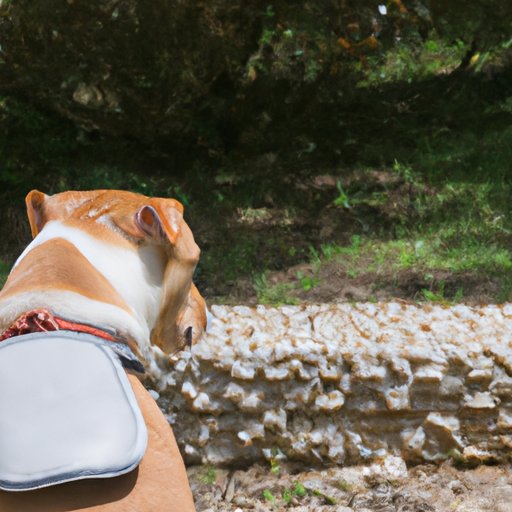How to Help Your Constipated Dog
Being a dog owner comes with its unique challenges, and one that many pet owners face is dealing with a constipated dog. Constipation can be distressing for both the owner and the dog, and it can be a sign of an underlying health problem. To help ease this condition, this article offers practical advice on how to help your constipated dog and encourage regular bowel movements.
Understanding the Causes of Constipation in Dogs
Constipation is a condition that can happen to any dog, regardless of breed or size. It occurs when a dog has difficulty passing stool or has infrequent bowel movements. Several factors can cause constipation in dogs, including dehydration, lack of exercise, an obstruction in the intestinal tract, or underlying medical issues such as hypothyroidism or diabetes.
As a pet owner, identifying the signs of constipation in your dog is essential. Symptoms that may indicate your dog has constipation include straining to poop, frequent attempts to poop with little or no results, or a dry and hard stool.
Dietary Changes to Help Ease Digestion
Changing your dog’s diet can be an effective way to relieve constipation. You can increase fiber in your dog’s diet by including fruits like apples or vegetables such as broccoli. Another option is to add pumpkin, which can help to soften stool and promote bowel movements. Additionally, it is essential to provide your dog with enough water to keep them hydrated and ease the passage of stool.
However, it is crucial to transition your dog to the new diet gradually. A sudden change in diet may cause diarrhea or other digestive problems. Please consult with your vet before changing your dog’s diet, particularly if they have an existing medical condition or are taking medication.
How to Massage a Constipated Dog
Massaging your dog’s abdomen can be an effective way to promote bowel movements. Massage helps to stimulate the colon and the intestines, which can help to soften stool and ease its passage.
To massage your dog, begin by putting them in a comfortable and relaxed position. Using gentle, circular motions, massage with light pressure on your dog’s abdomen in the direction of their digestive system. Start on the right side of the dog’s belly, moving your hands to the left, and stopping at their rib cage. Repeat this motion several times, gradually increasing pressure and speed.
Be careful not to massage too hard or quickly, as this can cause discomfort or even injury to your dog. If done correctly, your dog should be relaxed and may even enjoy the massage.
Using Natural Remedies to Promote Bowel Movements
Natural remedies can help to alleviate constipation in dogs. Pumpkin is a popular choice because it is high in fiber and helps to hydrate the dog’s colon. Probiotics are another option, which can help to improve digestion and boost the immune system. However, please note that not all natural remedies may be suitable for your dog, and some may even have side effects or interact with medication.
If you are considering using natural remedies, it is recommended to discuss with your vet first to ensure the remedies are safe and will not interfere with any other ongoing treatments.

How to Encourage Regular Exercise
One of the main causes of constipation in dogs is a lack of exercise. Exercise helps to stimulate bowel movements and improve overall digestion. Encourage your dogs to be physically active by incorporating basic activities, such as playing fetch, or taking daily walks.
The amount of exercise a dog needs varies depending on the breed and size. However, most dogs should receive at least 30-60 minutes of exercise each day. Keep in mind that not all dogs may be able to engage in physical activities, such as those with cardiovascular or respiratory problems.
When to Call the Vet
Constipation can be a sign of an underlying health issue in dogs, and in some cases, veterinary intervention may be necessary. If the constipation persists even after dietary adjustments, massage, and exercise, or your dog is experiencing vomiting, lethargy, or abdominal pain, it is time to call the vet.
During a veterinary appointment, the vet may perform a rectal examination or other tests to determine the underlying cause of the constipation. The vet may also recommend treatment options such as enemas or medication to help relieve the constipation.
Conclusion
Constipation is a common issue that many pet owners face, but with the right knowledge and care, it can be effectively managed. By understanding the causes of constipation, introducing dietary changes, massaging the dog’s abdomen, using natural remedies, encouraging regular exercise, and consulting with your veterinarian, you can help your dog to have a healthy and comfortable bowel movement experience.
